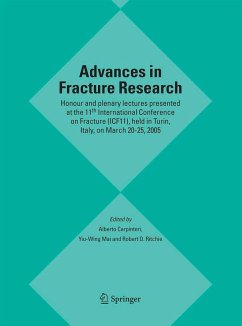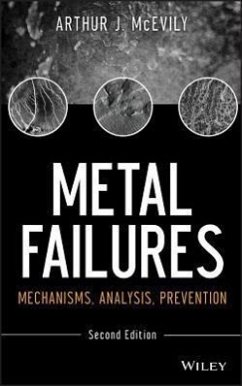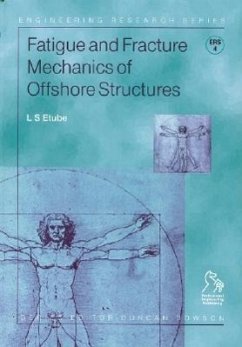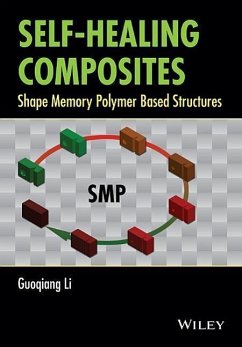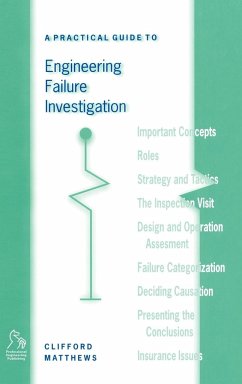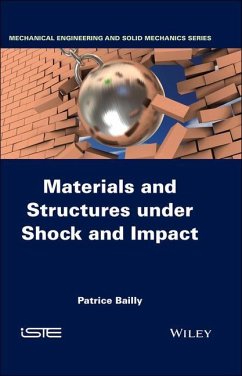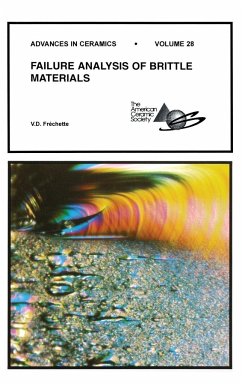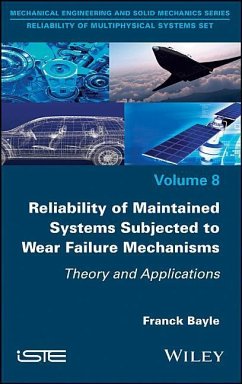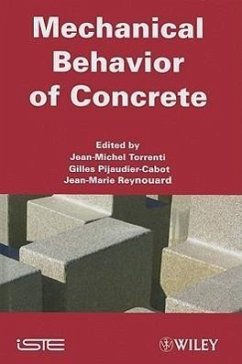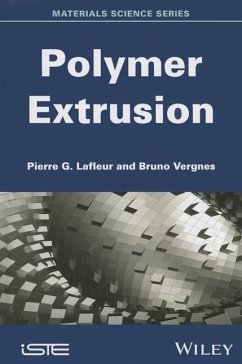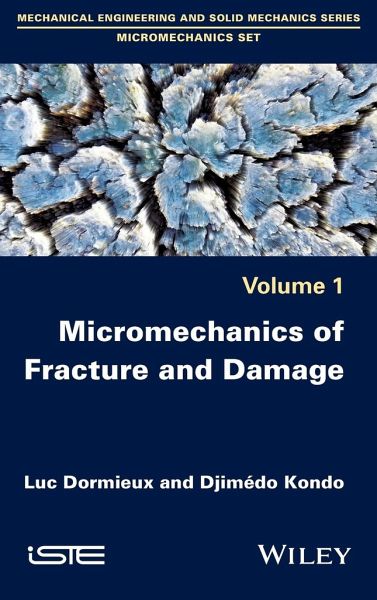
Micromechanics of Fracture and Damage
Versandkostenfrei!
Versandfertig in über 4 Wochen
158,99 €
inkl. MwSt.
Weitere Ausgaben:

PAYBACK Punkte
79 °P sammeln!
This book deals with the mechanics and physics of fractures at various scales. Based on advanced continuum mechanics of heterogeneous media, it develops a rigorous mathematical framework for single macrocrack problems as well as for the effective properties of microcracked materials. In both cases, two geometrical models of cracks are examined and discussed: the idealized representation of the crack as two parallel faces (the Griffith crack model), and the representation of a crack as a flat elliptic or ellipsoidal cavity (the Eshelby inhomogeneity problem). The book is composed of two parts: ...
This book deals with the mechanics and physics of fractures at various scales. Based on advanced continuum mechanics of heterogeneous media, it develops a rigorous mathematical framework for single macrocrack problems as well as for the effective properties of microcracked materials. In both cases, two geometrical models of cracks are examined and discussed: the idealized representation of the crack as two parallel faces (the Griffith crack model), and the representation of a crack as a flat elliptic or ellipsoidal cavity (the Eshelby inhomogeneity problem). The book is composed of two parts: * The first part deals with solutions to 2D and 3D problems involving a single crack in linear elasticity. Elementary solutions of cracks problems in the different modes are fully worked. Various mathematical techniques are presented, including Neuber-Papkovitch displacement potentials, complex analysis with conformal mapping and Eshelby-based solutions. * The second part is devoted to continuum micromechanics approaches of microcracked materials in relation to methods and results presented in the first part. Various estimates and bounds of the effective elastic properties are presented. They are considered for the formulation and application of continuum micromechanics-based damage models.




